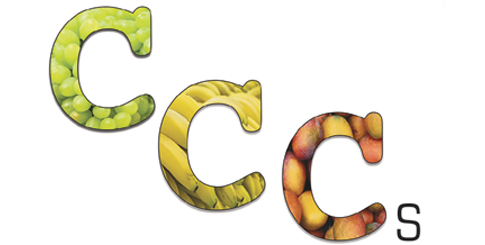Three emerging markets in Central and South America allow companies in the United States and Canada to source key commodities and exotic produce year-round. But each country—Chile, Colombia, and Costa Rica—presents unique challenges as well as opportunities for the perishables industry.
‘C’-zing Opportunity
While the United States is still a cornucopia of fresh produce to the rest of the world, it remains a net importer of fruits, particularly from Central and South America. This is hardly a new development; North America has long looked southward for fruits and vegetables. This dates as far back as our country’s founding, encompasses our century-plus partnership with Mexico, the activities of the United Fruit Company in the Caribbean and elsewhere, and the U.S.’s often-fraught relationship with Cuba.
But recent developments have made it even more important, more necessary, and more profitable to do business with these regions. The impetus includes new technologies and faster shipping for off-season fruit imports, favorable exchange rates, increased demand driven by changing demographics, and, of course, free trade agreements. The latter benefits both importer and exporter, meeting demand in North America and providing Central and South American countries access to the world’s most lucrative markets.
Thanks to these and other developments, our profiled three ‘Cs’—Chile, Colombia, and Costa Rica—have become particularly important to the produce trade in the Western Hemisphere.
Chile
With a population of just over 18 million spread out over a long, thin strip of 291,930 square miles of western South American coastline, Chile is one of the most stable governments in South America today.
After notorious difficulties during the rule of the dictator Augusto Pinochet, the country has settled into a modern and capable economic power, and in its last six elections has become a hallmark of democracy and good governance. A surge in the early 2010s made it one of Latin America’s fastest growing economies, but recent slowdowns in mining and reduced tax revenue have led to higher unemployment and slower GDP expansion—but both are expected to correct within the next few years.
An established partnership
Chile’s status as a trading partner with the United States is well established. Rich in all manner of fruits and vegetables, it has a particularly solid relationship with North America, and is a significant exporter to Canada and the United States.
Each year, Chile ships almost a million tons of fruit, much of it coming during the country’s winter growing season. The bounty includes grapes, which account for almost half of this total, with berries, cherries, and stone fruits (usually thought of as a summer product farther north) accounting for the rest. Despite its unpredictable climate and remote location, Chile has had a long history of productive agriculture, and has been sending its fruits and vegetables to Europe for more than two centuries.



